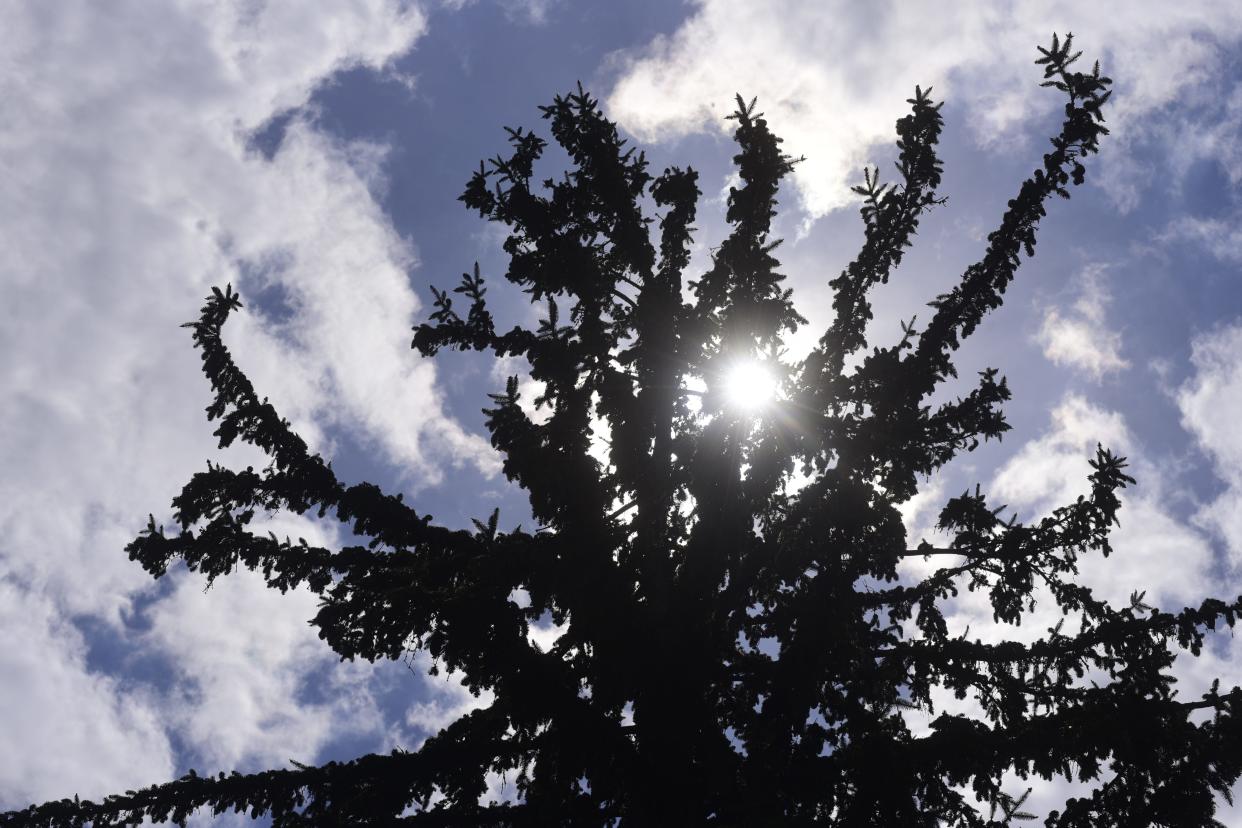Spring's start ushers in three months of warm wet weather

Spring has finally sprung.
For most people, the official transition will be 5:24 p.m. Monday when the Northern Hemisphere finally reaches the Vernal Equinox.
For weather bugs, the season changed with the sunrise on March 1.
And for naturalists who monitor the lifecycles of flora and fauna, spring arrives whenever the temperatures darn well feel like it — flower and tree buds could come to parts of the Buckeye State about two weeks early this year, according to one report by The Washington Post.
Dry winter will transition into wetter spring
Spring this year in North Central Ohio will be warm and wet, according to Kirk Lombardy, a meteorologist who works in the Cleveland office of the National Weather Service.
"Temperatures look like they will be on the side of above normal," Lombardy said. "As far as precipitation goes, it looks like precipitation will be above normal as well."
The more steady weather patterns will be welcomed by residents who were confused all winter by unseasonal forecasts.
The cumulative snowfalls for December, January and February measured at Mansfield Lahm Regional Airport combined for a total of 13.1 inches. The average snowfall for that period was 36.9 inches.
"Well below normal," Lombardy said.
Total precipitation was 8.32 inches, which was not far off the normal value of 8.77 inches.
"That liquid equivalent also includes any snow melt," Lombardy said.
Meteorological Spring versus Astronomical Spring
Those precipitation measurements offer a good glimpse into why meteorologists and astronomers disagree on when spring begins.
Meteorological spring runs from Dec. 1 to Feb. 28, and some years, to Feb. 29.
"Most of the snow, when it first starts, is in December and carries on through February," Lombardy said. "Then you start getting spring weather. March is a transition month."
To make recordkeeping easier, meteorologists align the seasons with the weather. Spring runs March to May, summer June to August, and autumn September to November.
Astronomers, though, say the seasons are based on our planet's position in the solar system. That position typically causes spring to begin March 21, but some years, like this year, it starts March 20.
Days will keep getting longer until June 21
The Vernal Equinox, better known as the spring equinox, marks the date each March when the Earth's 23.5-degree tilt evenly splits daylight and darkness at 12 hours apiece, according to a Space.com explanation.
But that's just academic, because the light actually illuminates the sky a few minutes longer than the sun is visible.
"On the equinox and for several days before and after the equinox, the length of day will range from about 12 hours and 6½ minutes at the equator, to 12 hours and 8 minutes at 30 degrees latitude, to 12 hours and 16 minutes at 60 degrees latitude," according to the National Weather Service.
Lightness and darkness were their closest to equality above Ohio on March 17 this year, when the daylength was 12 hours, zero minutes and 10 seconds, according to TimeAndDate.com.
Since the days are getting longer by two minutes and 38 seconds this time of year, Monday will see a total daylength of 12 hours, eight minutes and six seconds.
The days will keep getting longer until June 21, the first day of astronomical summer.
ztuggle@gannett.com
419-564-3508
Twitter: @zachtuggle
This article originally appeared on Mansfield News Journal: Spring's start ushers in three months of warm wet weather

